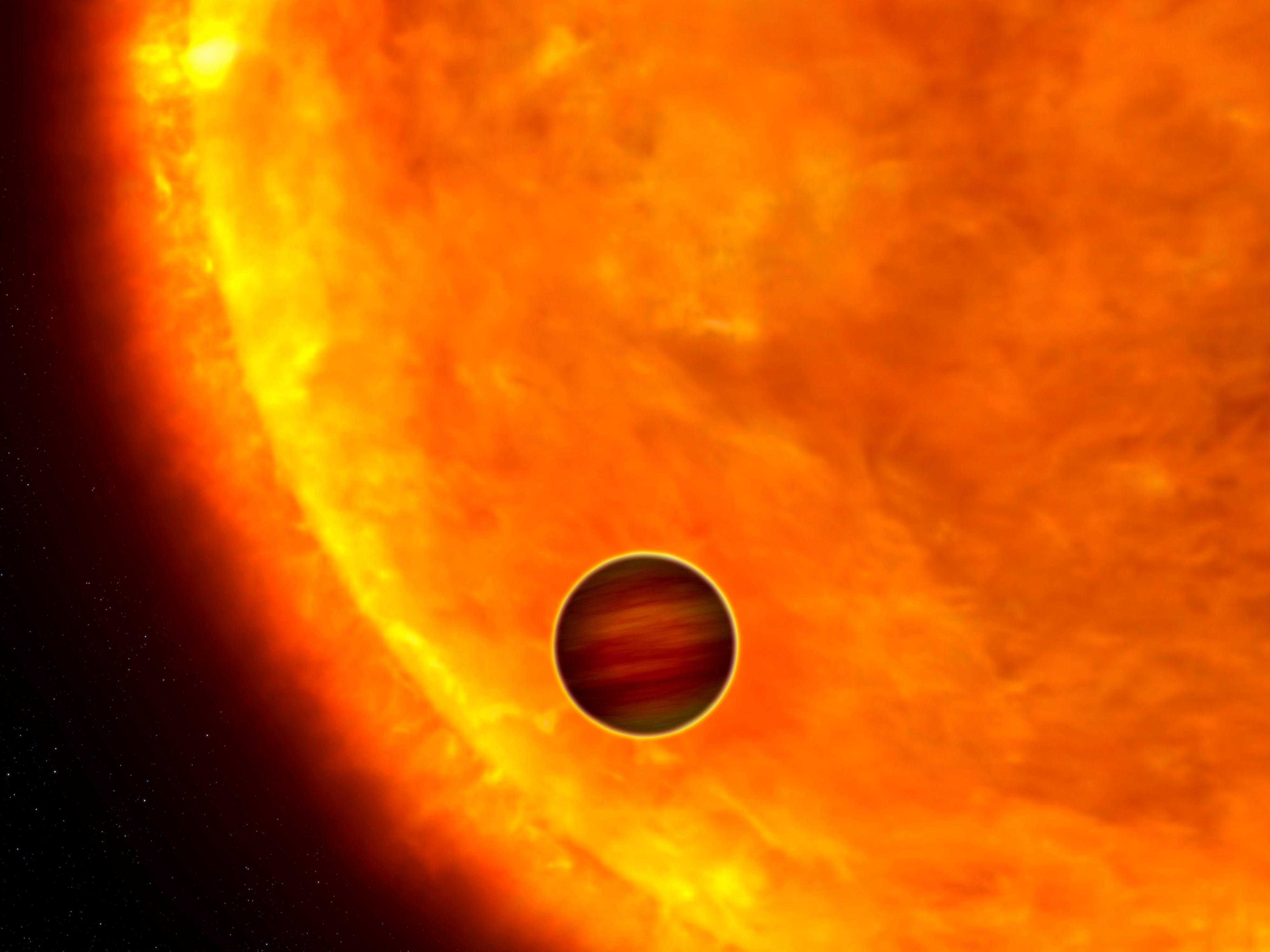That’s No Alien Megastructure, It’s a Star Consuming a Planet
A new paper details a natural explanation for a star’s strange behavior.

Last year Tabetha Boyajian, an astronomer now working at Louisiana State University, published a paper about a star that had something strange blocking its light. The Kepler telescope had captured the star’s light in a pattern of flux that had no obvious explanation; Boyajian looked for one until she convinced herself that the star was “truly something that is unique,” she told Atlas Obscura.
The flux indicated that something unusual was circling the star, but what could it be? The most dramatic explanation was that it might be an alien megastructure: if we were to detect an alien megastructure, it probably wouldn’t be a spherical object, and whatever was orbiting this star wasn’t spherical.
Even the scientists who proposed this possibility didn’t think it was likely, though. “It is probably something natural that we just haven’t thought of yet,” Boyajian said.
Now, a team of scientists from Columbia and UC Berkeley have released a paper detailing one such hypothesis: the strange behavior of the star’s light is due to the “inspiral of a planetary body or bodies.” In this theory, the star sucked up a planet at some point, which would have made it quickly brighten, and the flux in the light is the part of the after-effect, as the star returns to its more normal state. The flux could also be due in part to fragments of that planet—or from its former moons.
This theory has been raised before, but this paper details it out more convincingly. The astronomers who floated the possibility of an alien megastructure also considered this possibility, and one of them, Jason Wright, now writes that this new analysis shows that “the hypothesis may be plausible after all” (although he adds plenty of caveats to that assessment).
That doesn’t mean it’s the explanation, though. “Its a great new shake down on the plausibility of a circumstellar source (and a recently devoured one) doing the damage in our star,” Boyajian writes in a email. Other natural phenomenon are still in the running and, until there’s broad agreement on what exactly is happening here, there’s always the unlikely chance that the culprit could be an alien megastructure after all.



















Follow us on Twitter to get the latest on the world's hidden wonders.
Like us on Facebook to get the latest on the world's hidden wonders.
Follow us on Twitter Like us on Facebook